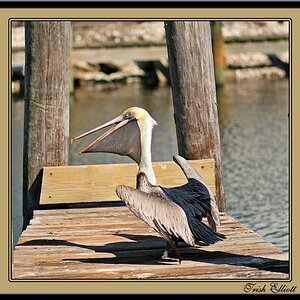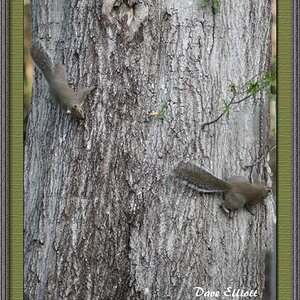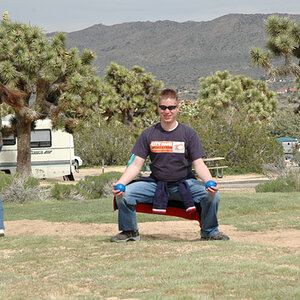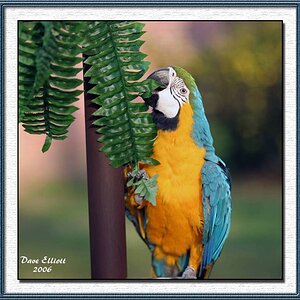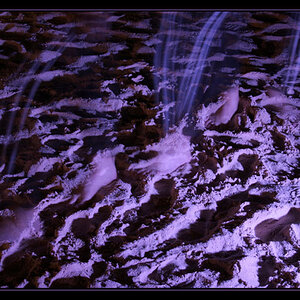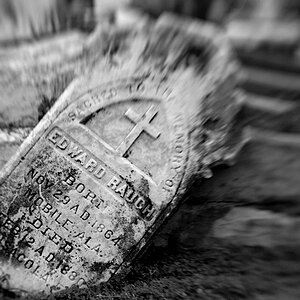Hello, new here and am in search for a good lens for low light sports. My son plays basketball (not so great indoor lighting) and baseball (some games are at night under the lights). I have a Nikon D500 and hope to get some recommendations for a lens that will work for these low light situations.
What focal length and aperture should I get? Is a single focal length good enough or would a zoom lens be worth the extra expense?
Thank you for any help you can provide.
What focal length and aperture should I get? Is a single focal length good enough or would a zoom lens be worth the extra expense?
Thank you for any help you can provide.


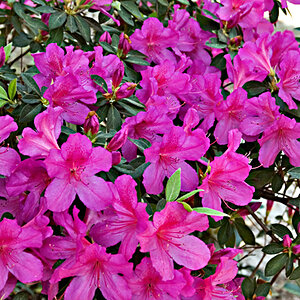
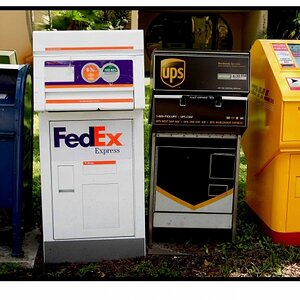
![[No title]](/data/xfmg/thumbnail/42/42327-560f11a37bb209e9091c0fc9e1028cdc.jpg?1619740128)
